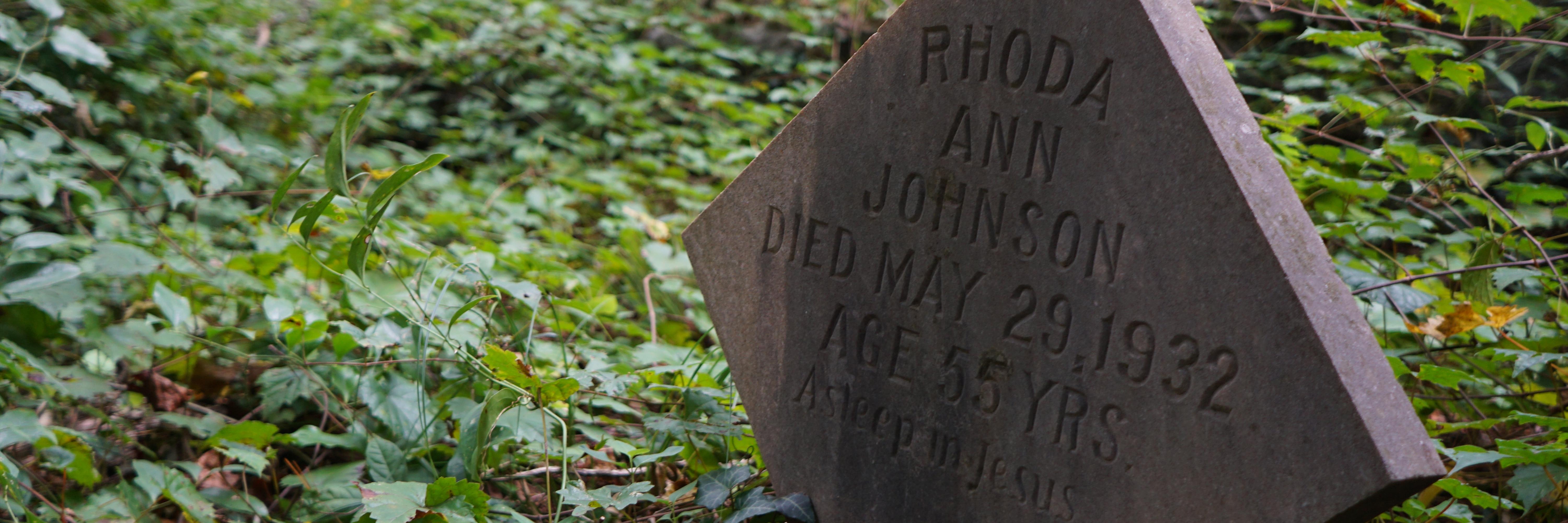Introduction
In 2016, human remains were unearthed on the University of Georgia's North Campus. Oral histories and historical evidence indicated that that Baldwin Hall had been erected on the graves of the city’s enslaved community. What was commonly understood in the black community, however, was denied, obfuscated, or misremembered by too many whites.
By degrees, and with prompting, UGA has begun to do more to join its peer and aspirational institutions in acknowledging its entangled history with slavery, and we have come a long way from the low moment in 2016 when the Baldwin Hall remains were surreptitiously carried in a Penske truck and unceremoniously buried on the second day of Spring Break behind a locked gate in a formerly segregated cemetery.
Still, challenges remain. In a recent call for proposals to investigate and confront the history of slavery on campus, the Office of Vice President for Research was careful to say that it could only support research focused on the period “from [UGA’s] founding in 1785 through the end of the Civil War in 1865.” In one sense this is logical: slavery ended with the adoption of the Thirteenth Amendment. In another sense this is problematic. The legacies of slavery did not end in 1865, nor did the lives of the formerly enslaved.
The Athens Death Project uses death and cemetery records to measure and map disparities in longevities and health outcomes based on race, gender, occupation, and residential neighborhood. Specifically the project includes: 1) 3,405 death certificates collected in Athens-Clarke County between 1919 and 1927; 2) a map of decedents grave locations in Gospel Pilgrim Cemetery; 2) a prosopographical study of the Black men, women, and children interred in Gospel Pilgrim Cemetery; 3) the Athens City Directory (effectively the white pages and yellow pages); and 4) spatial data drawn from the WPA Slave Narratives and Life Histories.
Table of Contents
This webpage contains myriad sources and documents relating to death and dying in Athens, Georgia. If you have a particulate decedent or cemetery in mind, you many want might click on the magnifying glass at the top right and search the entire archive for people, places, or key terms. Likewise, if you are interested in data visualizations, you might want to click on Death Certificates or one of the many other pages devoted to mapping and interactive data visualizations. Or, perhaps, you are visiting or new to town; in that case, I would suggest you consider perusing the Walking Tours tab. Let us begin here with a table of contents:

Athens, Georgia explores our town’s past and present, with an emphasis on the lasting legacies of slavery and persisiting racial and socioeconomic inequalities. Local neighborhoods -- from East Side to Boulevard to Five Points -- were and still are divided by both race and class; even today few residential areas are truly integrated. In the late nineteenth and early twenty centuries, poor African-Americans and blue-collar mill workers congregated on the East Side while wealthier residents of color purchased homes along Reese Street. In Athens, we never lived equally and, therefore, we never died equally.
Decedent Data focuses on the men, woman, and children interred in Athens's cemeteries. Who were they? How did they die? And how can we use this information to better understand their lives? Viewing Athens from its morgue, this section uses death certificates to understand the lived experiences of white and Black Athenians during the nineteenth and twenty centuries. Contained within this section are essays authored by University of Georgia undergraduate students.
Cemeteries examines five historical burial grounds in Clarke County. In addition to mapping grave locations within respective cemeteries, this section contains biographical information of individuals buried within these sacred spaces. Presently, this section focuses heavily on Gospel Pilgrim Cemetery, a historic African-American burial ground in East Athens.
Walking Tours offers several tours of historic Athens, Georgia. While these tours can be read online for historical information, it is suggested that you use your phone and explore each of the cemeteries. Indeed, place matters. Go, in person, and get a true sense of these meaningful yet mournful public spaces.
Events announces upcoming events and catalogues previous service learning projects in the Athens area.
NEXT: Athens, Georgia


